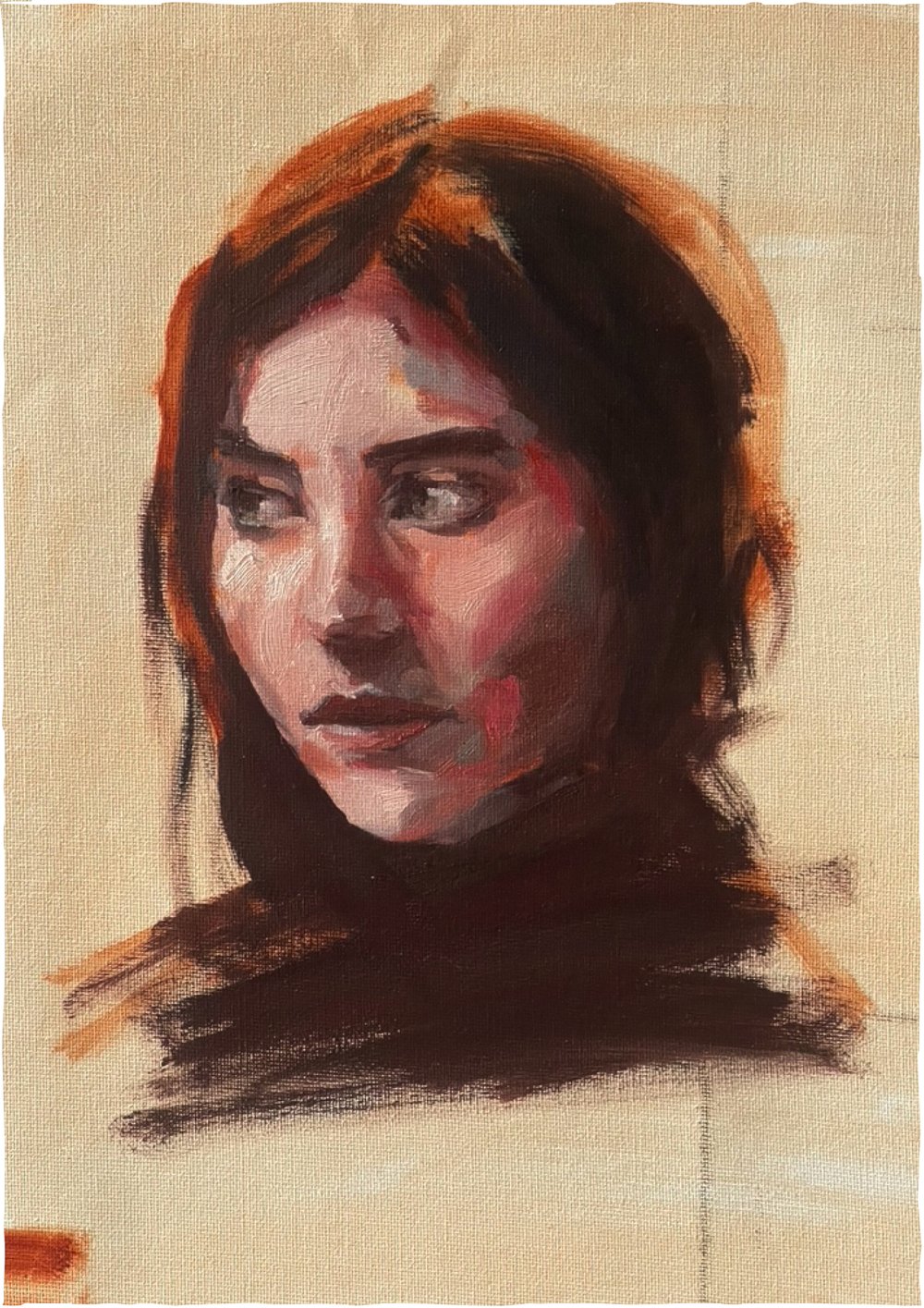…makes grey paint when you mix it with various browns. You don’t need black to make grey.
White paint lightens colours to make pastels, it can also intensify the colour when used sparingly but when used liberally it desaturates the colour. It makes colours dull as it lightens them - so what should be brighter tones will loose vibrancy and appear dull as the opaque pigment replaces colour with tint to make lighter but less brighter tones.
It’s a bit of a paradox using white.
The most common whites are opaque.
Antique white is warm and creamy, I use that as well as titanium which is cooler and usually pretty strong because it’s opaque, and unbleached titanium (which is kind of beige), not really white, but certainly light.
There’s zinc white which I believe is meant to be transparent, I have a tube in oils but I haven’t studied it yet. Apparently it’s good for keeping colours vibrant when lightening them because of its cool transparency. I’ll do a study on zinc white soon out of curiosity. (Mental note…I’ll write it in my diary later).
There’s led white too which is warm, opaque and extremely toxic. Titanium has replaced led as the most used white because of its toxicity. I’ve never used led white myself, probably never will even though it was the favourite white of many great painting masters and is meant to be lovely…
White is a colour in nature but in paint it’s the absence of colour meaning you can’t mix the colour white, rather the paint is made without adding colour but taking it away (think unbleached titanium).
So the rule of thumb in painting is to use white sparingly…unless, ofcourse, you want to use it liberally to make the work all about white, which is what I’ve attempted to do with this pot and blog.
colour pallet using Indian yellow, magenta pink and Prussian blue, + lots of white

